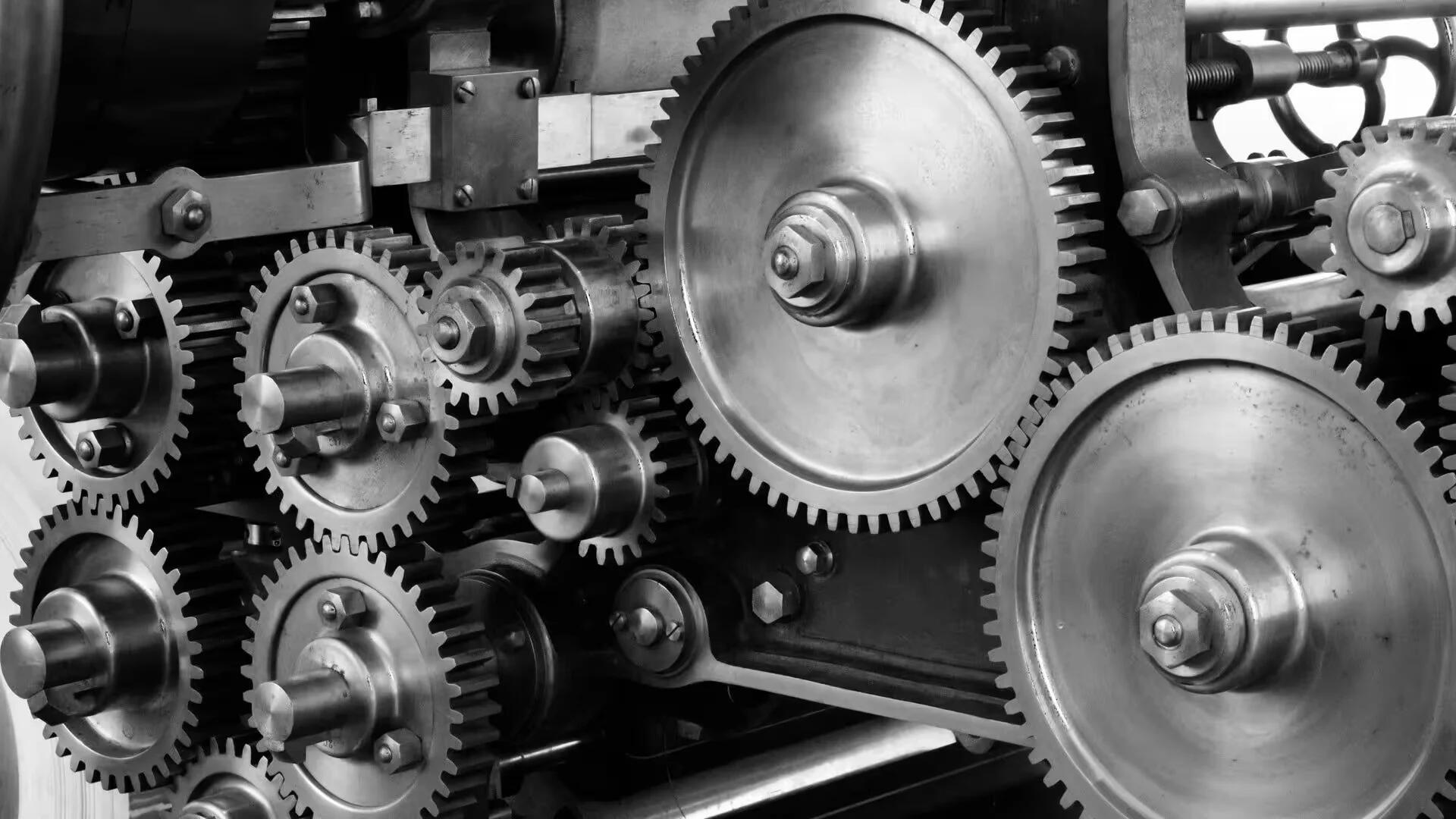Baling is the process of compressing and constricting materials into cylinders, cubes, or rectangles. Bales are easy to store, transport, and account for in comparison with loose materials. For these reasons baling machines are popular in recycling centers, packaging plants, and farms. There are several distinct kinds of baler in common usage today. Here is a quick guide to some of the most important.
Vertical Baler
The most popular form of baling machine in the recycling industry, vertical balers are very compact. They use a single ram that compresses materials downwards. Although they are compact, vertical balers are often only suitable for relatively light materials. As such, they are often paired with more heavy-duty machines in recycling centers. Vertical balers are used by small businesses to compress materials for packing or throwing away.
Horizontal Baler
Horizontal balers are more suitable for compressing heavy scrap. Due to their horizontal compression structure, they take up a great deal more floor space than their vertical cousins. Horizontal balers are often used to compress car parts or scrap metal and are powered by a powerful hydraulic system. This is the kind of machine you might see at your local waste disposal center being fed all sorts of rusty remains.
Auto-Tie Baler
Bales need to be tied with wire. Auto-Tie balers do just what their name suggests – they automate the tying process. A strong tying material such as 14 gauge steel wire is wrapped around the completed bale before being exuded from the machine. The kind of wire used is immensely important. Baling wire needs to be galvanized to protect against corrosion. Corroded steel is liable to break, and a 1-ton bale breaking apart can be extremely dangerous and costly. This makes the process of completing a bale far more efficient.
Two Ram Baler
Two ram balers are useful for baling extremely heavy objects. They simplify the process of extruding the finished bale by using a second ram to push it out of a hatch. If the flow of materials is managed correctly by the designer of a recycling plant, then a two ram baler can speed up material processing by a sizable margin. These balers cost considerably more than single ram examples, but larger recycling operations very quickly make their money back by speeding up their processes. Two ram balers will often exude their bales onto a conveyor belt that leads to further processing equipment.
Round Balers
Round balers primarily see use in agricultural operations. A key task in farming is the creation of hay bales, which can be used to feed animals during the winter months when the grass is in short supply. Baling machines have been in use on farms since the late Victorian period. Round balers became popular in farming in the 1960s when new hydraulic technology first allowed farmers to power their round balers using tractor engines. Round bales can be lifted directly into metal feeders – making them a very efficient way of storing and distributing animal food.
